Starting in 2020, I began writing and publishing personal essays and creative nonfiction–something I’m continuing to explore along with my traditional history writing. Some of these are quite personal, but the themes that animate my historical work remain evident through these pages, too.
If you found these pieces meaningful in any way, I’m glad and hope to hear from you.
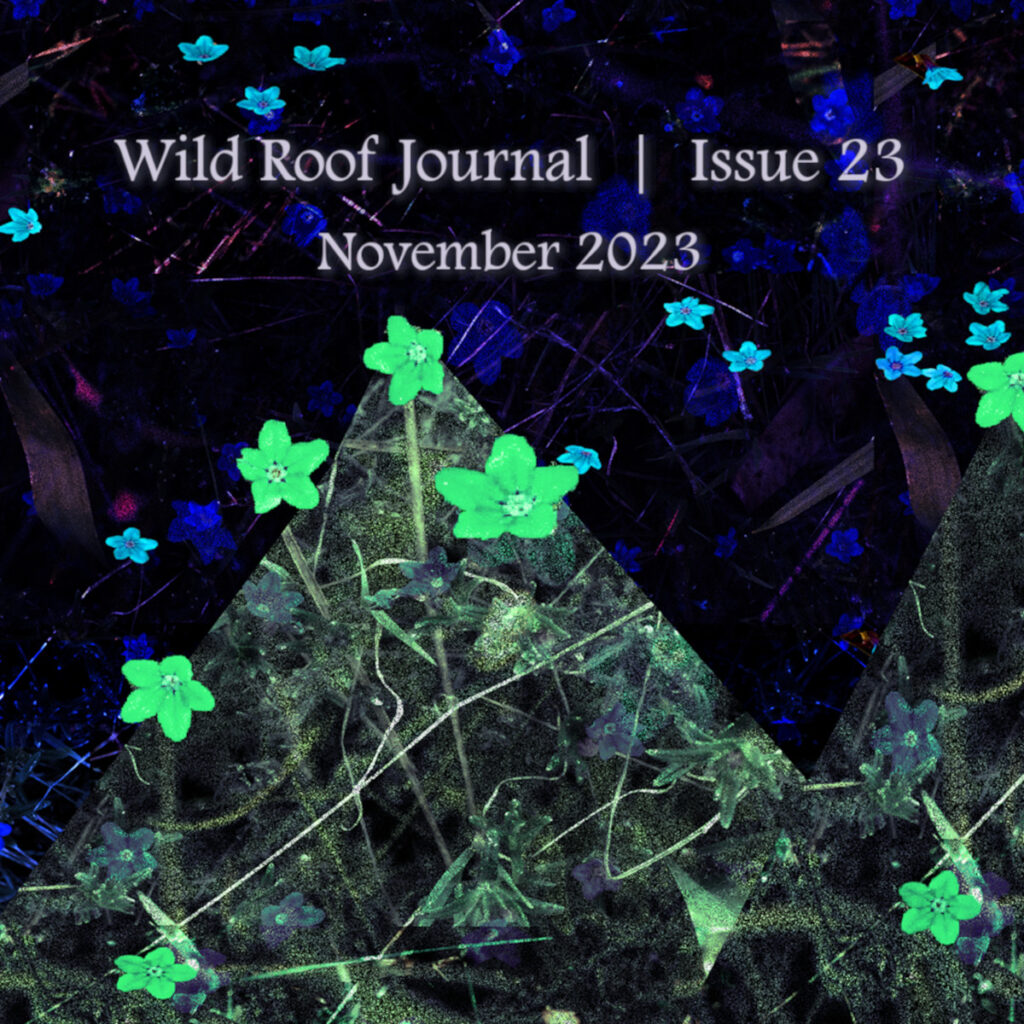
“War and Geese,” Wild Roof Journal 23 (November 2023): 47-52.
(For a .pdf version of essay not embedded within the issue, click here.)
It’s not just the brightness of feathers that alters the scene. The air moves as a solid. It shimmers, vibrates, shakes, as if the wings of the geese produce shock waves you can see. You can look through the team, the flock, because beating wings need space. And that? That is like looking through solid air.
“Stones in a Stream,” Talking River Review, Issue 53 (Fall 2022): 125
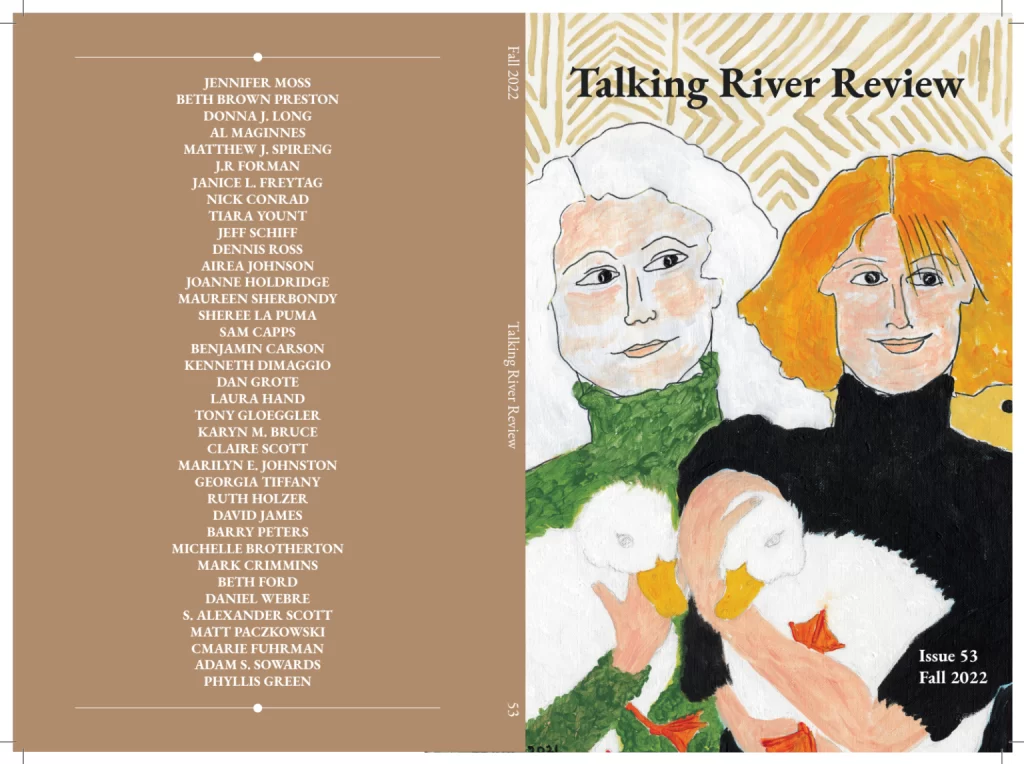
The stones of my memory, and in my life, cannot be avoided any more than rain can avoid rivers. They take up space. They force action. No, they demand reaction. They do not interact, they impose. They do not relate, they occupy. If they breathed, I’d have no oxygen left.

“Wild Times,” Barzakh, Issue 15 (Summer 2022).
But I realize that time isn’t a refuge any more than the wilderness is an escape from people. You cannot go into it or out of it. You cannot choose to participate in or avoid time. Time beats on in a constant, connected continuum. Standing in Cliff Creek, the collapsing of divisions tells me this is so. I’ve escaped nothing, because I’m participating fully in the wild times that swirl here, now, then and always.
“Submerged Stories, Breaching History,” Wild Roof Journal, Issue 15 (July 2022): 15-22.
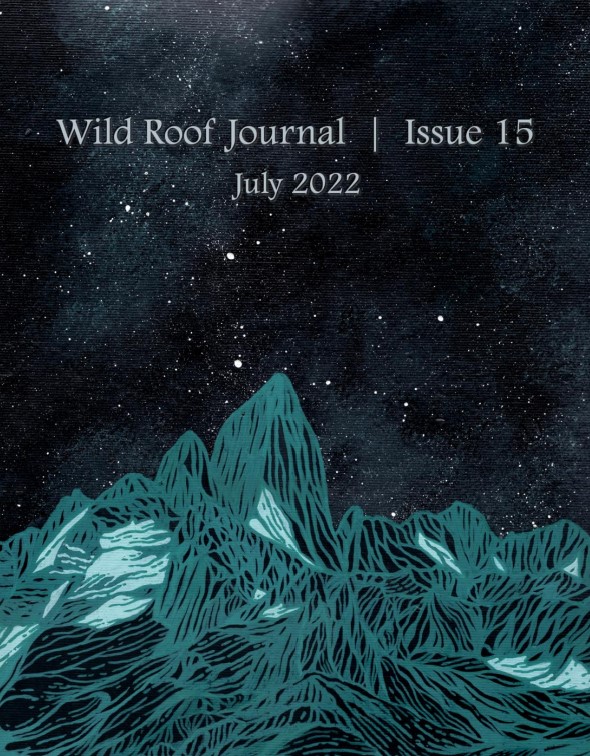
All places contain ghost landscapes when you see them as a historian does, which is to say, how I do. Buried beneath today’s scenic vista lies all of the yesterdays, layered one upon another, accreting with passing memories and moments. I obsess over this interplay of place and time. It is where I live, where I think; it is how I chart the world. And I wonder how anyone could plot their universe otherwise. Even if it does mean being constantly confronted by loss.
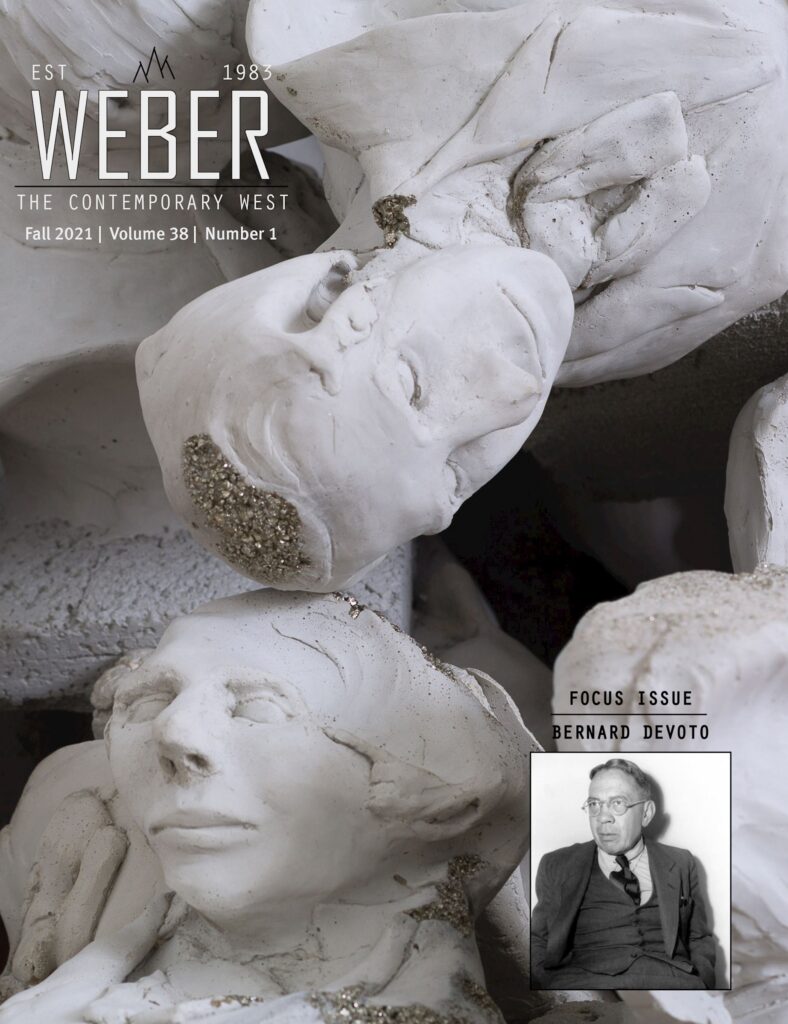
“When You Know the Price of a Huckleberry,” Weber–The Contemporary West, 38, no. 1 (Fall 2021): 110-18.
My students sit next to me and Big Creek, on cut logs, because they believe Thoreau remains correct a century and a half later. The universe is the classroom; schoolrooms constrain; more can be learned outside. My students take their place in a long procession of naturalists dissatisfied with education as practiced.
“Seeds,” Stonecoast Review, Issue No. 15 (Summer 2021): 118-124. (a typescript of the essay can also be found here)
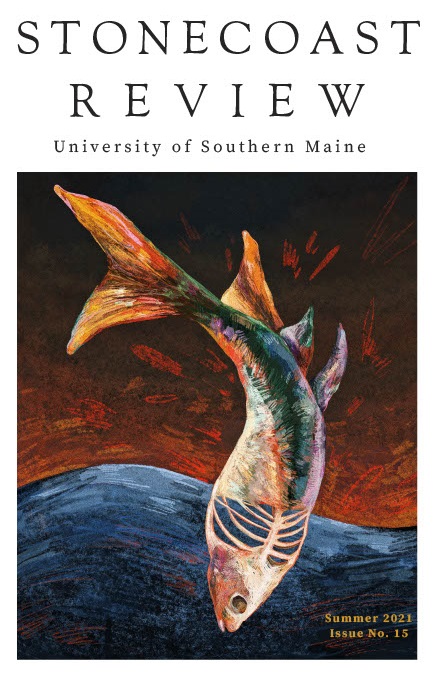
But the flowers I remember most were Sweet Williams. In my memory, as vivid as today’s sun even though it happened nearly four decades ago, Granddaddy cut them near the ground and handed me the bunch. Following his careful instruction, I stuffed the brown stems into a paper bag and shook. Just weeks before, the flowers spoke in reds and purples and whites. Now desiccated, they released their tiny black seeds with a portentous rattling as they fell into the tan bag that normally would have held my sack lunch. Cut / shake, cut / shake, cut / shake. We repeated this rhythm until the rows were gone and we were ready for spring planting. It is the only time I have collected seeds, but Granddaddy sowed and gathered them throughout his life.
“Floating through the Parks,” Montana Mouthful, Volume 3, Issue 2, [2020], “The Great Outdoors,” 9-11.
With the ridge rising beyond and the lake pooling below, I thought myself standing in a classic scene, part of a park diorama. I felt the requisite awe and humility while breathing in America’s best idea™.